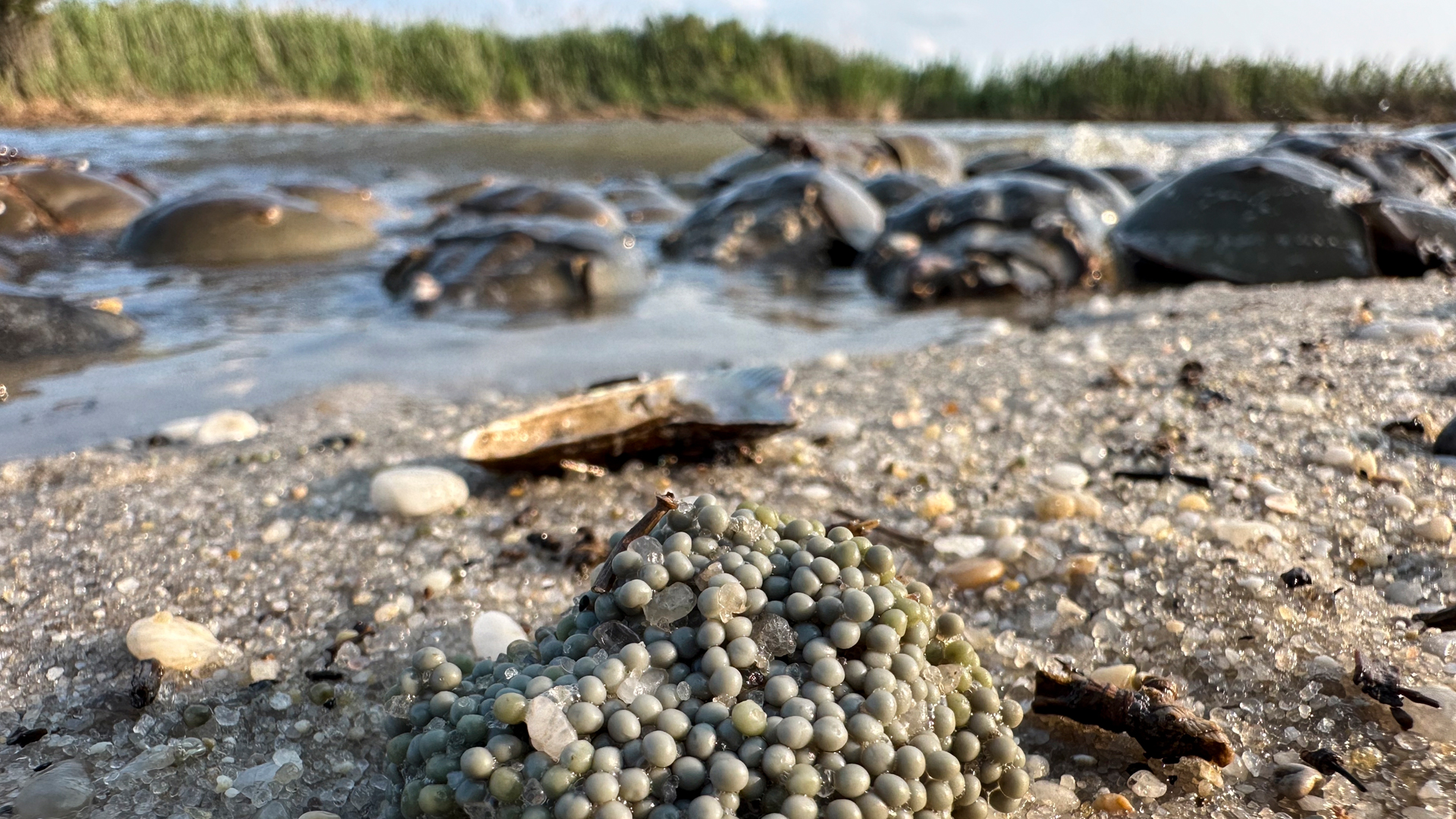Blue Blood Revolution: Pharma Giants Ditch Horseshoe Crab Harvesting

Horseshoe Crabs: From Medical Testing to Conservation Success
Once primarily valued for their critical role in medical product testing, horseshoe crabs are now experiencing a remarkable resurgence in population. These ancient marine creatures, often called living fossils, have long been essential to the pharmaceutical industry, with their unique blue blood used to test the sterility of medical equipment and vaccines.
As conservation efforts have taken hold and sustainable harvesting practices have been implemented, horseshoe crab populations have gradually recovered. This positive trend not only benefits the marine ecosystem but also provides new opportunities for scientific research and environmental preservation.
Researchers and conservationists are now celebrating the horseshoe crab's comeback, highlighting how careful management and increased awareness can help protect these fascinating prehistoric creatures. Their growing numbers represent a significant success story in marine conservation, demonstrating the potential for species recovery when proper protective measures are put in place.
